Experts warn that this appliance is costing you way more than you think — here’s how to stop it
That electric oven of yours is eating serious energy
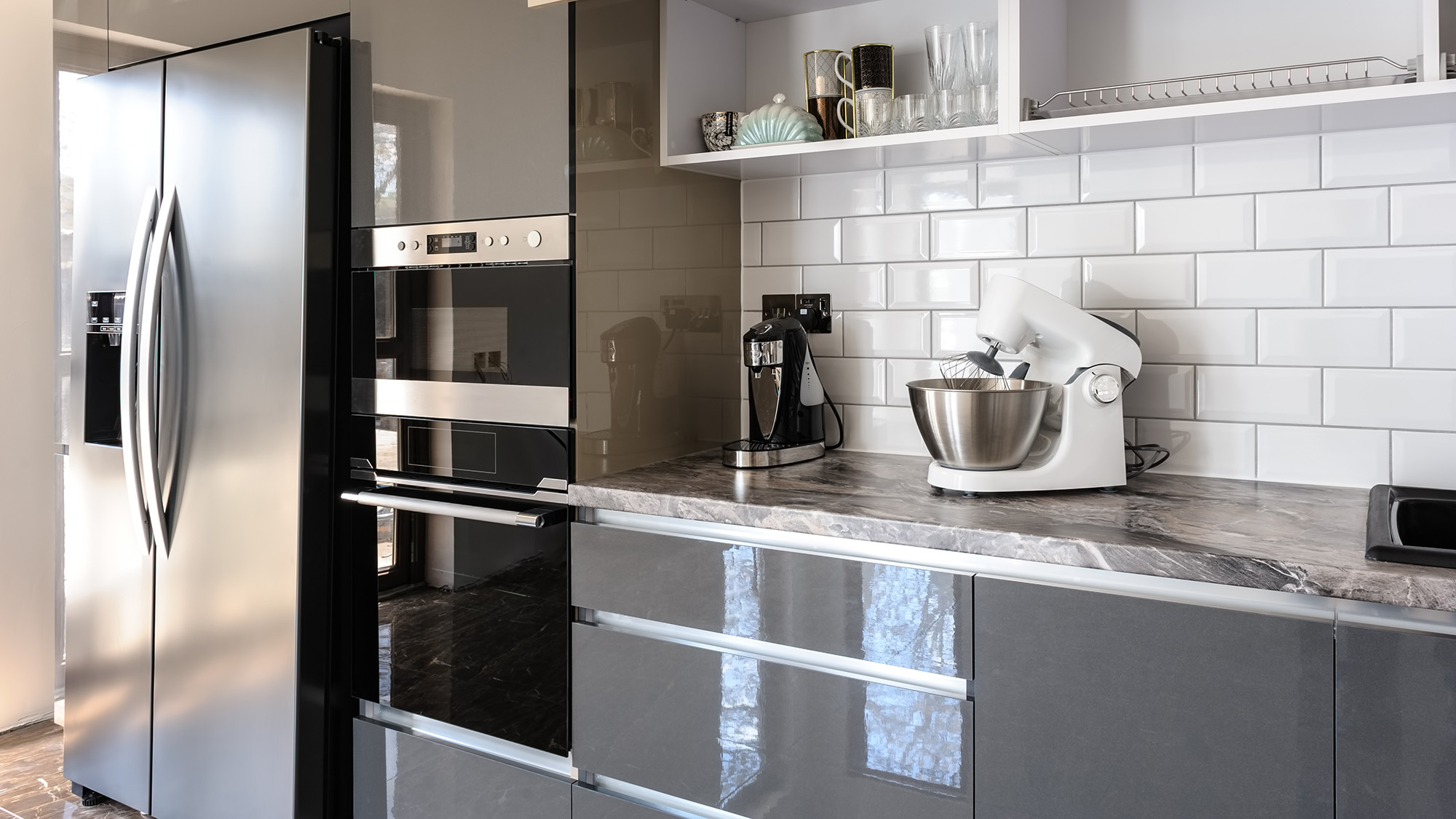
You’ll be surprised to learn that a common household appliance you probably use every day could be consuming far more electricity than you think. Most households could benefit from cutting down on some utility bills right now, so it may come as a shock that your electric oven is a major energy guzzler.
While it’s well-known that clothes dryers are energy monsters, it’s less widely understood how much electric ranges can consume. But the numbers are hard to ignore.
A typical electric oven can use anything between 2,000 and 5,000 watts of electricity, according to Energy Sage, with the U.S. Department of Energy (DOE) estimating the figure to be 285.5 kWh per year.
By comparison, one of the best refrigerators runs continuously but uses much less power — around 300 to 800 watts, according to Energy Sage — and maintains a steady temperature without the energy spikes you see with an oven.
To help you save energy and use your electric oven more efficiently, I called on the expertise of Chloe Blanchfield, product marketing manager, cooking at Hisense, who shares her top five tips.
1. Cook more meals at the same time to save energy
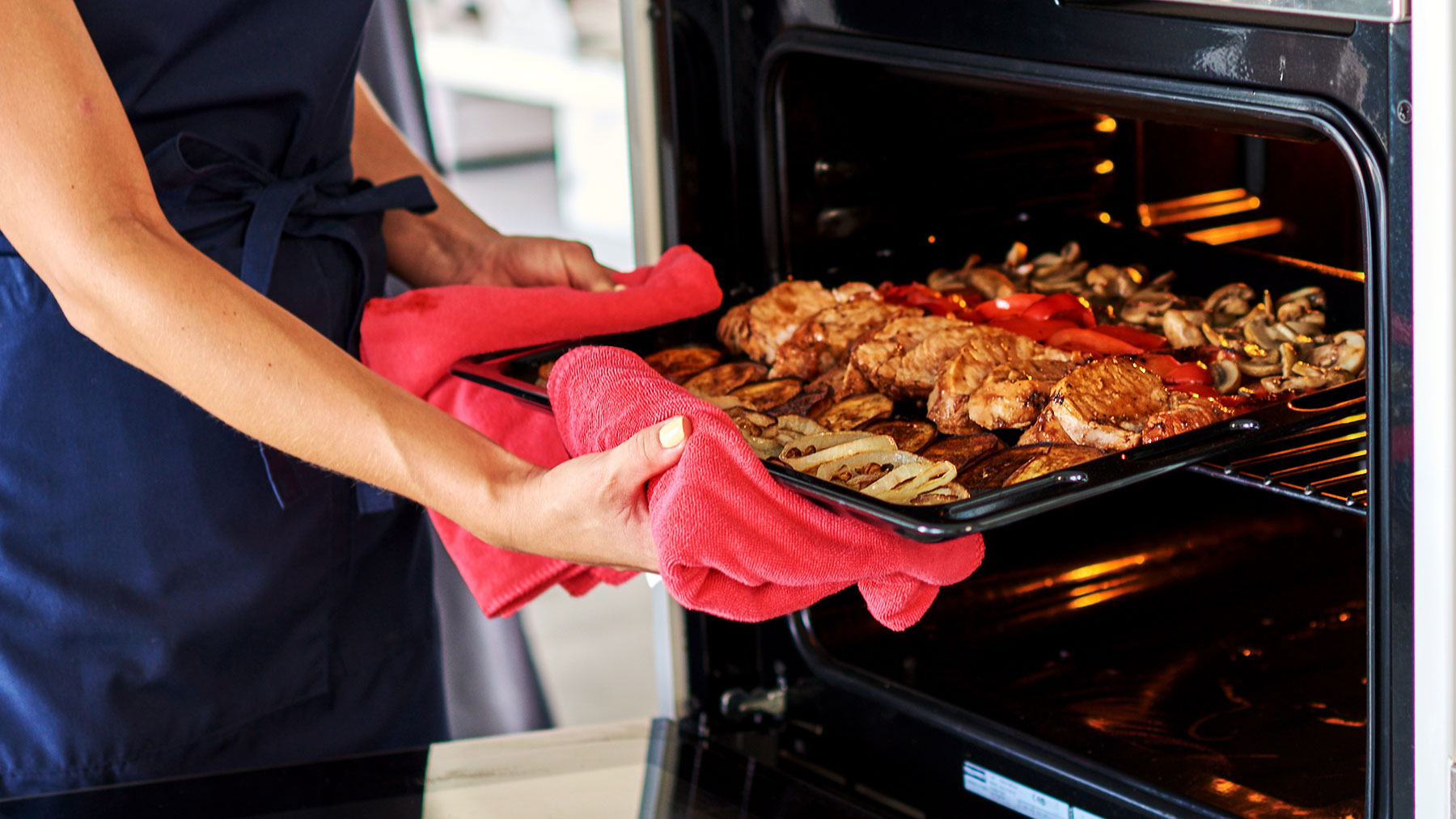
“One of the simplest ways to use less energy is to make better use of the oven space by cooking multiple dishes at once”, explains Blanchfield. “Batch cooking or preparing full meals in one go reduces the number of times the cooker or range needs to be turned on and preheated.”
To help you maximize your oven space, she suggests choosing a freestanding electric range with two ovens, giving you the flexibility to cook more at once or at a different temperatures.
Get instant access to breaking news, the hottest reviews, great deals and helpful tips.
2. Use dedicated cooking modes instead of multiple appliances
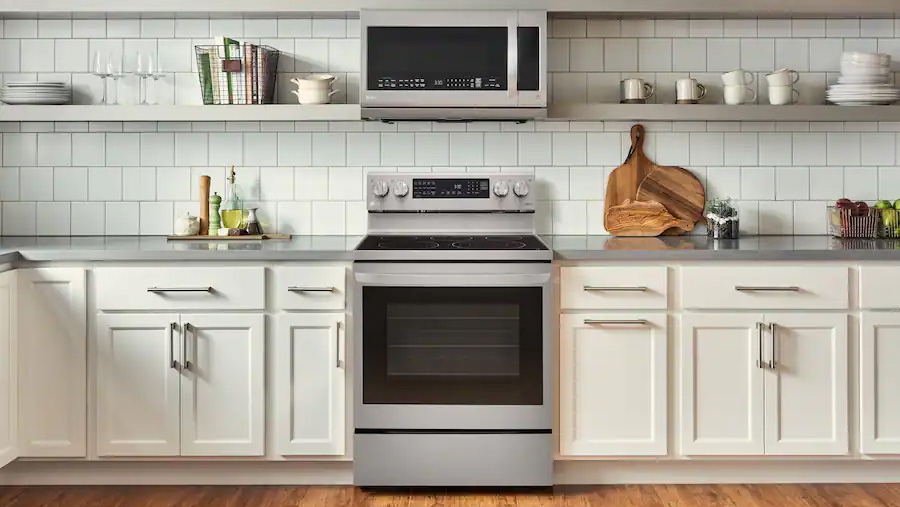
You can also get more out of your electric range by investing in an appliance with built-in cooking modes, such as LG LREL6325F electric range that has a built-in air fryer mode.
“Specialised cooking functions can help you avoid using additional kitchen gadgets, which not only saves counter space, but also reduces total energy consumption,” says Blanchfield, “For example, many modern electric cookers and ranges come with a variety of cooking functions such as air fry, baking, and slow cooking modes.”
3. Choose models with smart heat control for greater efficiency
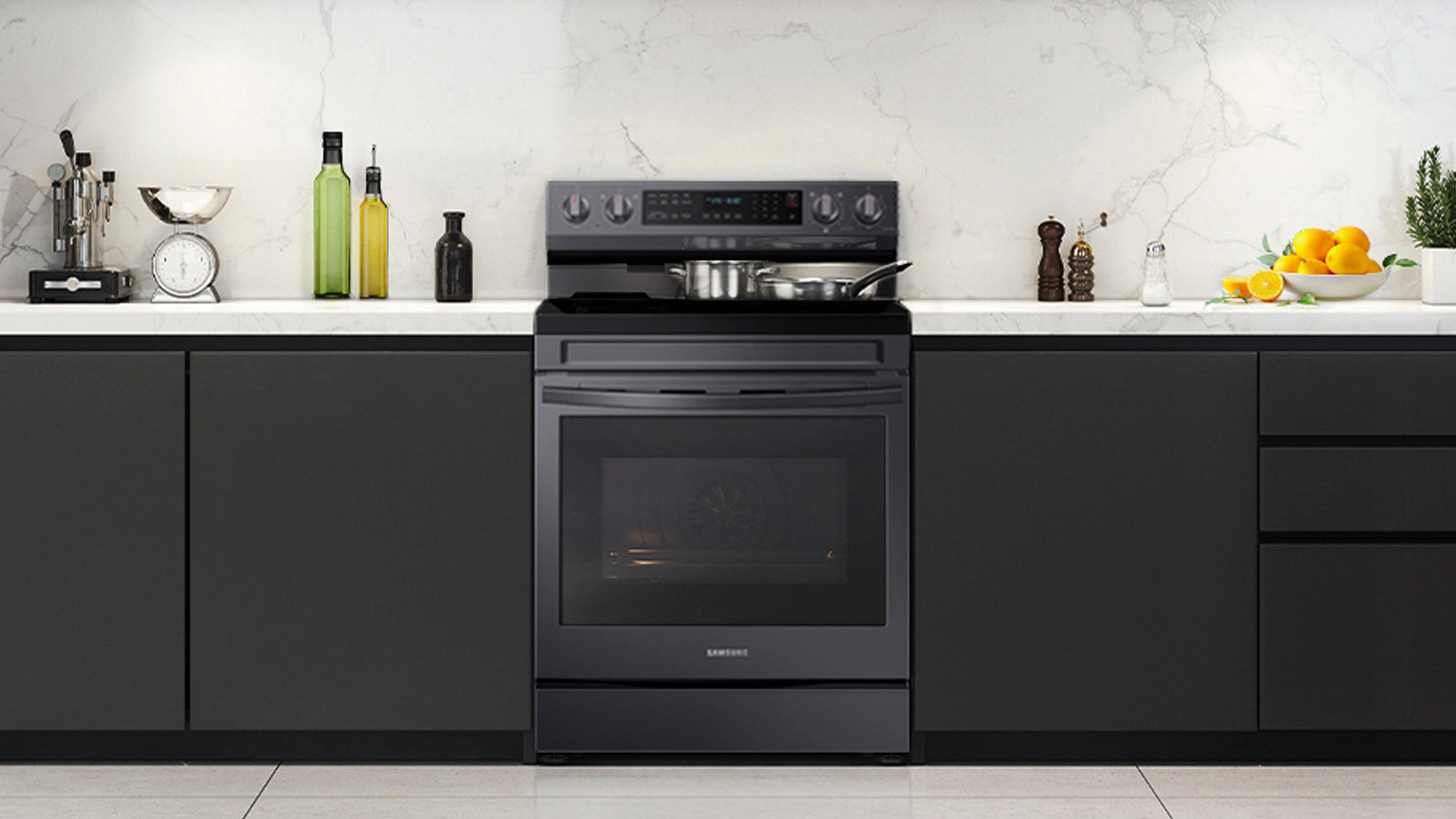
Introducing smart technology into your kitchen will also help you save energy, without requiring much effort on your part. For instance we recommend Samsung's NE63A6711S, as the best smart electric range in our buying guide.
“Ovens and electric cookers that intelligently regulate heat output use less energy than those that constantly switch between maximum power and off cycles,” explains Blanchfield, and she adds, “Steady, consistent heating ensures food is cooked evenly without unnecessary energy spikes.”
4. Keep the oven door closed during cooking

You may be surprised at how much heat escapes when you open the oven door — it’s like leaving the fridge open while browsing for dinner ideas. The longer the door is open, the more energy is needed to restore the internal temperature.
“Every time you open the oven or cooker door, heat escapes, and the oven uses more energy to recover the lost temperature. A simple way to prevent this is to rely on the oven’s interior light to check on your food without opening the door.
“This allows you to monitor your cooking progress visually, reducing the temptation to open the door unnecessarily and helping to keep heat levels stable inside the appliance,” says Blanchfield.
5. Only preheat when you really need to
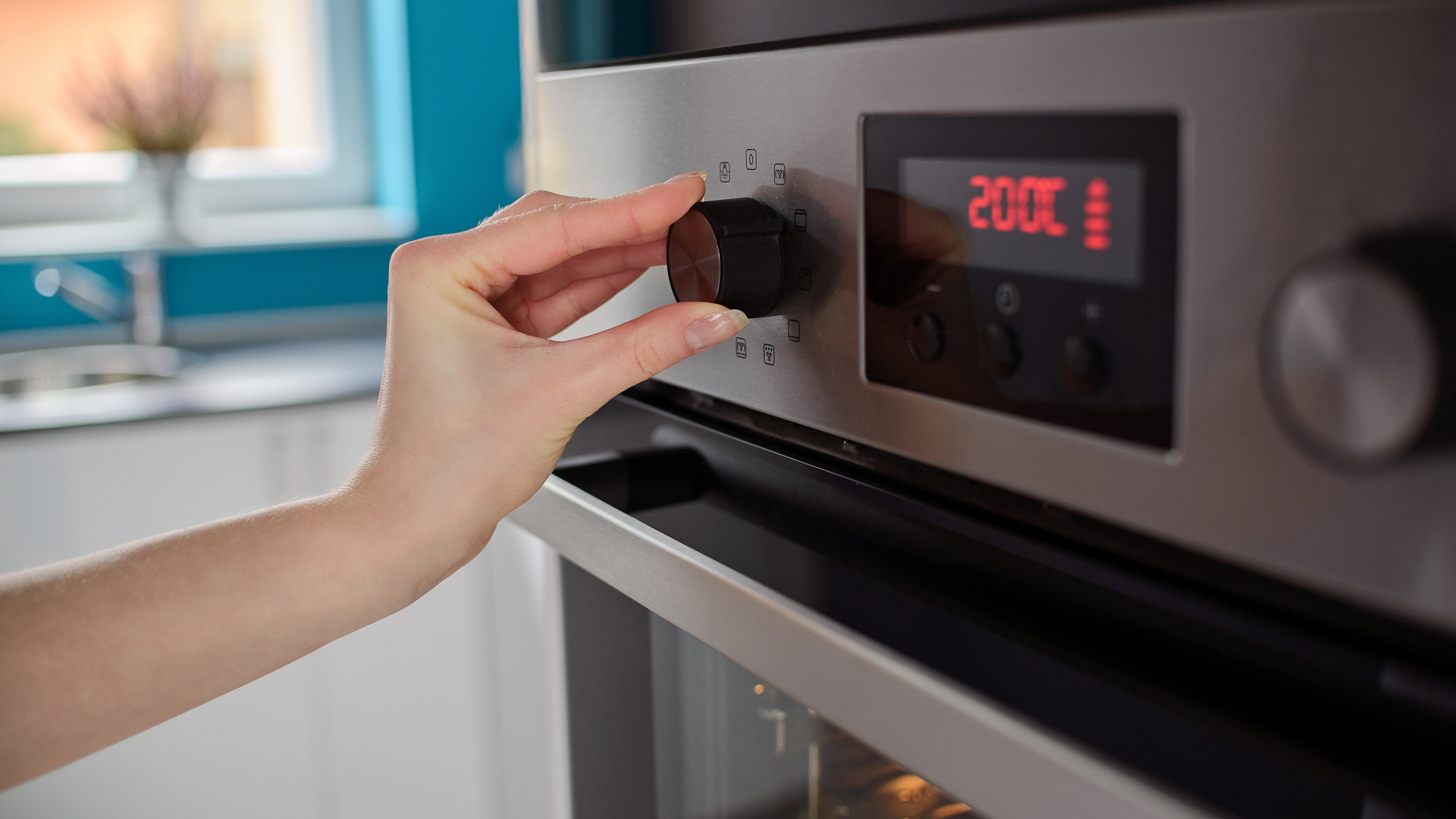
“While preheating can be useful for certain recipes, it's not always essential,” explains Blanchfield. “Many dishes, especially those that require long cooking times, can be placed in a cold oven from the start, saving energy that would otherwise be used during the preheat phase.”
If you’re shopping for a new electric range, she suggests purchasing an appliance with a fast preheat function. Although she adds, “We also encourage users to skip preheating entirely when it’s not essential, especially for slow-cooked meals or casseroles, where a gradual temperature increase has no negative effect on the result.”
Top tip
One of the best ways to save energy when you’re replacing your electric oven washing machine, dishwasher or clothes dryer, is to choose models that are Energy Star certified. According to Energy Star, which is run by the U.S. Environmental Protection Agency, certified products are, on average, 18% more efficient than standard models.
Follow Tom's Guide on Google News and add us as a preferred source to get our up-to-date news, analysis, and reviews in your feeds. Make sure to click the Follow button!
More from Tom's Guide
- Does size matter? What to look for when buying a kitchen range
- Wall oven vs range: what's the difference, and which is right for you?
- Save $200 on your electric bill every year by making this small change — you'll be surprised

Camilla is the Homes Staff Writer and covers everything to do with homes and gardens. She has a wealth of editorial experience, mounting over 30 years, and covers news and features, tests products for reviews and compiles buying guides.
Her work has appeared in business and consumer titles, including Ideal Home, Real Homes, House Beautiful, Homebuilding & Renovation, and Kitchen & Bathroom Business. She’s even appeared on the cover of Your Home, writing about her own house renovation.
Although she’s obsessed with decorating her home, she also enjoys baking and trying out the latest kitchen appliances. But when she’s not inside, you’ll find her pottering about in her yard, tending to her vegetable patch or taking in her prized hydrangeas.
You must confirm your public display name before commenting
Please logout and then login again, you will then be prompted to enter your display name.
